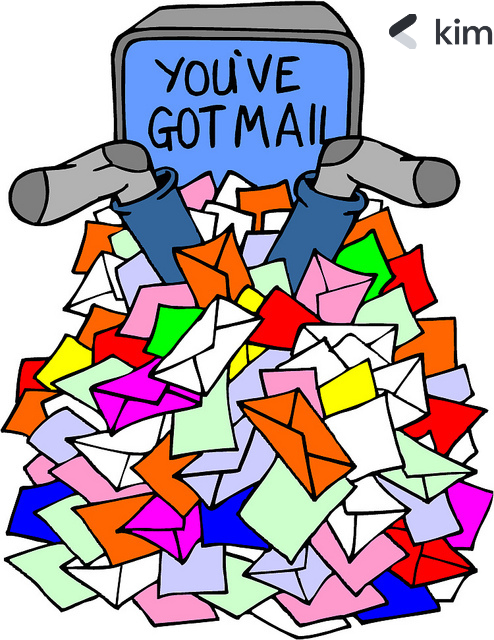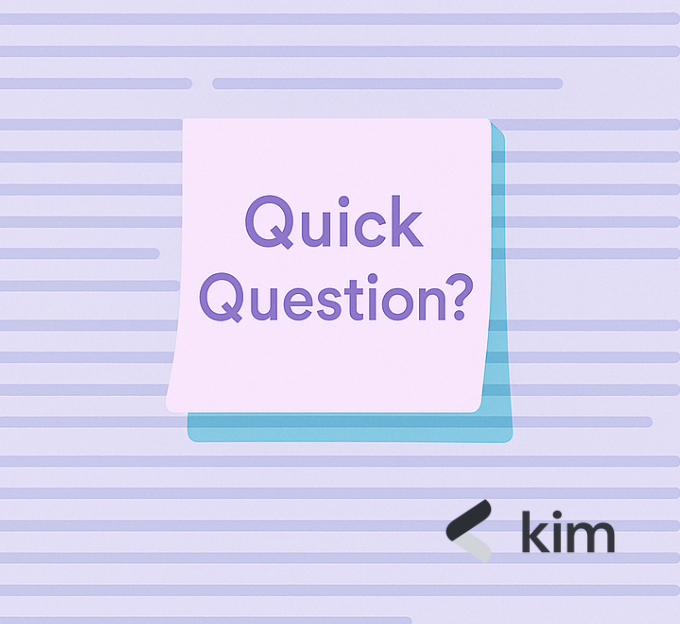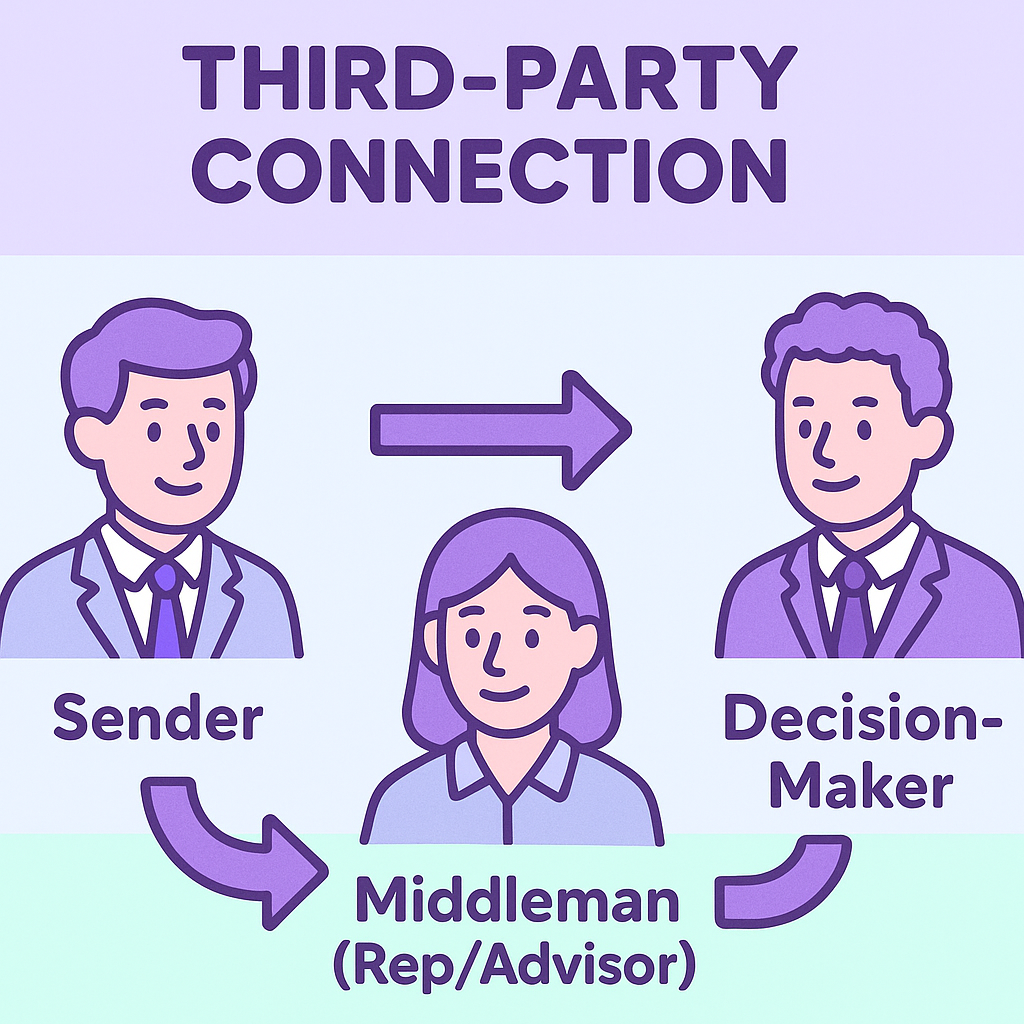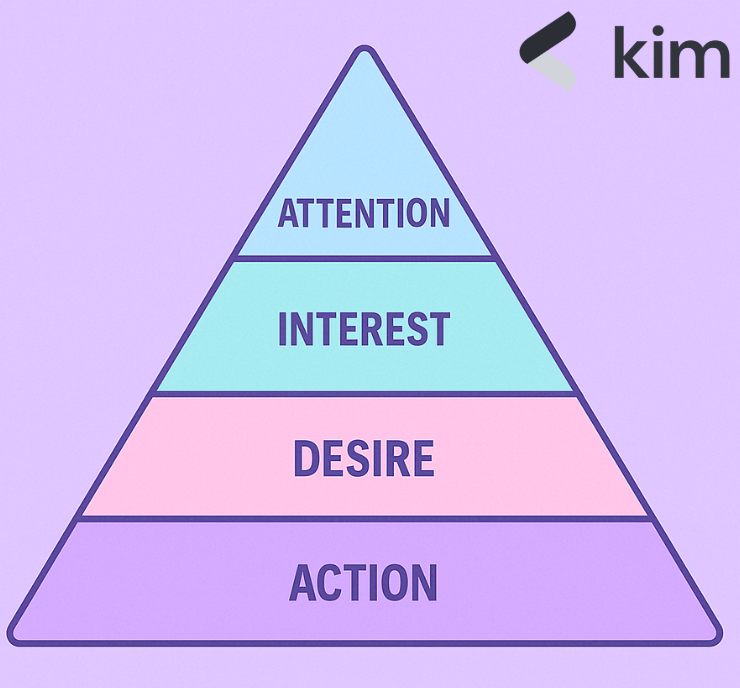5 Proven Cold Email Strategies (With Templates That Get Replies)

Emails That Actually Work: A Fun, Human, and Proven Guide
Every day, the average professional gets over 120 emails. Most are ignored, deleted, or left unread. That means the emails you carefully craft are competing with a hundred others, and losing. But some emails still break through, get opened, and spark real conversations. What separates those emails from the rest?
The truth is, writing emails that actually get responses isn’t about luck, clever subject lines, or fancy tools. It’s about understanding how people read, respond, and engage, and crafting your message in a way that makes it easy and valuable for them to reply.
In this guide, we’ll explore proven email strategies that go beyond templates and jargon. You’ll get humanized examples, actionable tips, and practical approaches that you can start using today, no gimmicks, no forced humor, just emails that work.
Now, let’s dive into the strategies that will transform your outreach.
Why Emails Fail (And How to Avoid It)
Emails fail for three big reasons:
- Too Long and Complicated: If someone has to read a paragraph before they understand why you’re emailing, you’ve already lost them.
- No Value: Nobody cares about your product—until you show them how it helps solve a problem.
- Robotic Tone: Templates that sound like a bot are easy to ignore. Even the best ai-powered virtual assistants don’t get engagement if the email lacks personality.
Let’s face it: good email writing is like good customer service. It’s about empathy, timing, and clarity. Think of it like outsourcing customer care software: the smoother the process, the happier the recipient.
1. Quick Question Strategy: Make It Easy to Respond

The easiest way to get someone to reply? Ask a question they can answer in 5 seconds. No essay required.
Example:
Subject: Quick one for you, [First Name]
Hey [Name],
Totally random question — who on your team handles [sales/customer support/product decisions]? I want to make sure I don’t bug the wrong person.
Thanks a ton!
[Your Name]
I tried this with a client’s customer success manager, and within minutes, I had a response. Simple, polite, and impossible to ignore. This is exactly how top CX companies ensure they deliver the best customer service experience: remove friction and make it easy for people to engage.
Why it works: It appeals to empathy and doesn’t demand much from the recipient. Even if they aren’t the decision-maker, they might forward your email.
2. Third-Party Connection: The Middleman Approach
Sometimes, decision-makers are impossible to reach. Instead of giving up, find someone just a step away—like a rep or a customer service advisor. They can pass your message to the right person and even vouch for you.

Template:
Subject: Can you point me in the right direction?
Hey [Name],
I’m [Your Name] from [Company]. I’d love to introduce [your solution], which has helped brands improve revenue by $200K annually. Could you point me to the right person to speak with?
Appreciate it!
[Your Name]
Why it works: The rep feels helpful, you get your foot in the door, and your email suddenly has momentum.
3. PAS Strategy: Problem, Agitate, Solution
PAS is classic marketing psychology. Highlight a problem, poke at it, and offer a solution. People respond when you show that you understand their struggles.
Example:
Subject: Solving your Q4 ticket surge
Hi [Name],
I noticed that from Q1–Q3, your ticket volume stays manageable, but come Q4, it doubles. Hiring last-minute is stressful, and finding customer support remote teams isn’t easy.
That’s where [Company] can help with scalable live chat support outsourcing and back office support. We’ve helped brands handle 2x ticket loads without dropping the ball.
Want to chat?
Why it works: You empathize with the recipient’s pain points, create urgency, and offer a clear path forward. This approach can work for any type of outreach.
4. AIDA: Attention, Interest, Desire, Action
AIDA grabs attention, sparks interest, builds desire, and prompts action. Here’s a humanized version:
Subject: Could this cut your response time in half?
Hi [Name],
What if a virtual AI assistant could help you cut response times by 50% while boosting sales by 20%?
In one year, we helped [Company X] achieve these results. Customer satisfaction improved from 65% to 90%, and workflow efficiency skyrocketed.
Let’s explore if [Your Product] could do the same for your team. Do you have 15 minutes this week?

Why it works: You’re selling outcomes, not just a product. It’s clear, concise, and action-oriented.
5. Straight to Business: No Fluff
Some people don’t want stories, they want facts. Short, clear, and human emails work wonders.
Template:
Subject: Quick revenue boost idea
Hey [Name],
We help ecommerce brands outsource customer service at 1/3 the cost of in-house hiring. Clients save $50K annually while delivering best chat support and best email support.
Interested?
Why it works: Some people appreciate brevity and clarity. No fluff, just value.
Extra Tips for Email Success
- Strong CTA: Tell them exactly what to do.
- Subject Line Matters: Make it punchy and curiosity-driven.
- Professional Signature: Include a photo, email, phone, and title, humanize yourself.
- Research & Personalization: Reference their company, recent news, or challenges.
- Value First: Lead with outcomes, not products.
- Keep It Short: Two to three short paragraphs max.
- Follow Up: Persistence beats one-time outreach.
- Humor & Personality: Small jokes or casual tone increase response.
- Test & Iterate: Try different approaches, track results, and improve.
- Use Tools Wisely: AI-powered virtual assistants are great for scaling but shouldn’t replace your personality.
Conclusion: Emails Can Work, If You Do Them Right
Emails aren’t dead, they’re just misused. The difference between ignored emails and conversations that lead to results comes down to clarity, empathy, and value.
Next time you sit down to draft an email, ask yourself: would I reply to this? Keep it short, add personality, and focus on value. That’s how emails go from ghosts in the inbox to conversations that actually drive results.
This same principle applies to customer support too, short, human replies keep customers engaged. Want to see how? Try our 15-day free support trial.